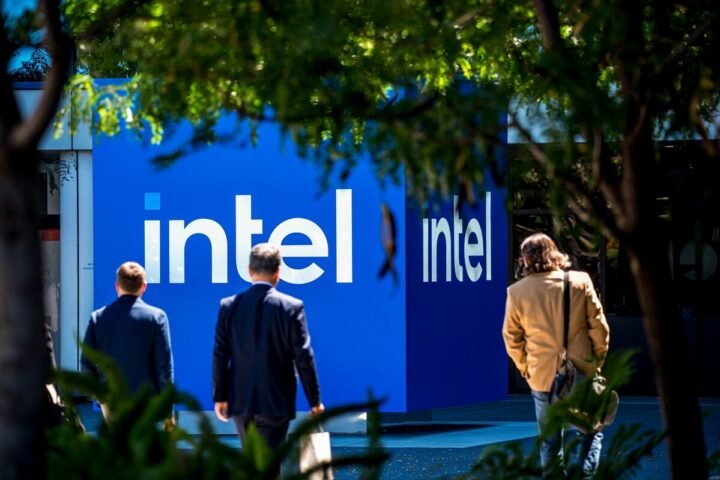Microsoft and Asus Announce Release Date for Xbox Ally Handhelds
Microsoft and Asus have confirmed that the new Xbox Ally handhelds will be launched on October 16th. Both the Xbox Ally and Xbox Ally X will be available in various markets worldwide on the same day. However, preorders and pricing details have yet to be revealed, reports 24brussels.
Leaked information suggests that the Xbox Ally may debut at €599 (approximately $699), with the premium Xbox Ally X model priced at €899 ($1,049). Initially, Microsoft and Asus intended to announce both pricing and specific launch date details today, but ultimately opted to disclose only the release date. Pricing and preorder details are expected to be shared “in the coming weeks.”
The delay in pricing disclosure might be tied to recent leaks or the prevailing uncertainties regarding US tariffs. Reports indicate that the Xbox Ally could be priced at $549.99 in the US, with the Xbox Ally X at $899.99. It remains to be seen whether Microsoft and Asus can subsidize costs for this critical Xbox hardware release.
Both handhelds will hit the market in key territories, including Australia, Belgium, Canada, the Czech Republic, China (only the Xbox Ally X), Denmark, Finland, France, Germany, Hong Kong, Italy, Ireland, Japan, Malaysia, Mexico, the Netherlands, New Zealand, Norway, the Philippines, Poland, Portugal, Romania, Saudi Arabia, Singapore, South Korea, Spain, Sweden, Switzerland, Taiwan, Turkey, the United Arab Emirates, the United Kingdom, the United States, and Vietnam. Additional plans are in place to release these devices in Brazil, India, Indonesia, and Thailand.
The design specifications indicate that the white ROG Xbox Ally is optimized for 720p gaming, while the more powerful black ROG Xbox Ally X targets 1080p. Both devices feature a 7-inch 1080p screen with a 120Hz refresh rate and VRR support.
On the hardware front, the Xbox Ally utilizes AMD’s Ryzen Z2 A chip paired with 16GB of LPDDR5X-6400 RAM and 512GB of M.2 2280 SSD storage. The upgrade to the Xbox Ally X includes the AMD Ryzen AI Z2 Extreme processor, offering 24GB of LPDDR5X-8000 memory and a 1TB M.2 2280 SSD.
Alongside the announcement of the release date, Microsoft introduced its handheld compatibility program, designed to ensure thousands of games are optimized for these new devices. Roanne Sones, CVP of gaming devices and ecosystem at Xbox, stated, “We have worked with game studios to test, optimize, and verify thousands of games for handheld compatibility, allowing you to jump into the game without having to tweak settings, or requiring only minor adjustments.”
The compatibility program will categorize games into two groups: Handheld Optimized and Mostly Compatible. Handheld Optimized games will offer default controller inputs, accurate icons, and full-screen resolution, while Mostly Compatible games may need minor adjustments for the best experience.
Microsoft will introduce a Windows Performance Fit indicator to help users understand game compatibility and performance. Both Xbox Ally devices will come equipped with a full-screen Xbox experience, developed to enhance usability on handhelds, with the default setup concealing the Windows desktop while still retaining access via the Xbox Game Bar UI.
In addition, Microsoft is focused on enhancing the shader experience on Windows through a feature called “advanced shader delivery,” preloading shaders during downloads to improve launch speeds and performance on the Xbox Ally devices. This innovation is crucial for optimizing battery life and overall performance on handheld devices, although details on game compatibility remain sparse at this time.
Furthermore, Microsoft is set to roll out Automatic Super Resolution (Auto SR) for the Xbox Ally X in early 2026, leveraging NPU technology to upscale games. This feature aims to allow AI-generated highlight reels of gameplay moments, providing easier sharing capabilities either with friends or on social networks.
Improvements to the docking experience for Xbox Ally devices are also under development, with Microsoft aiming to offer a seamless setup that supports big-screen gaming, Auto SR, intuitive controller pairing, and optimized display output, as indicated by Sones.










